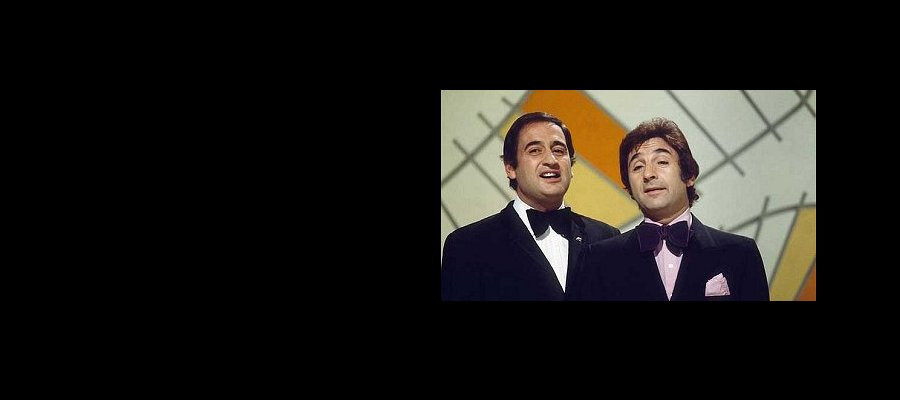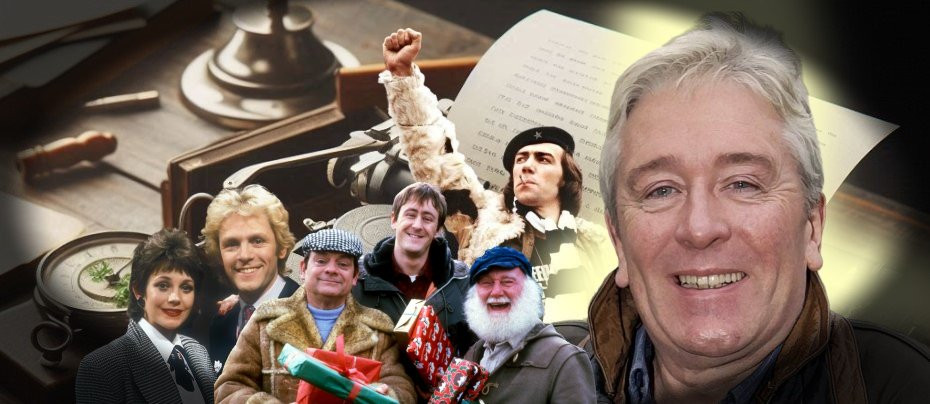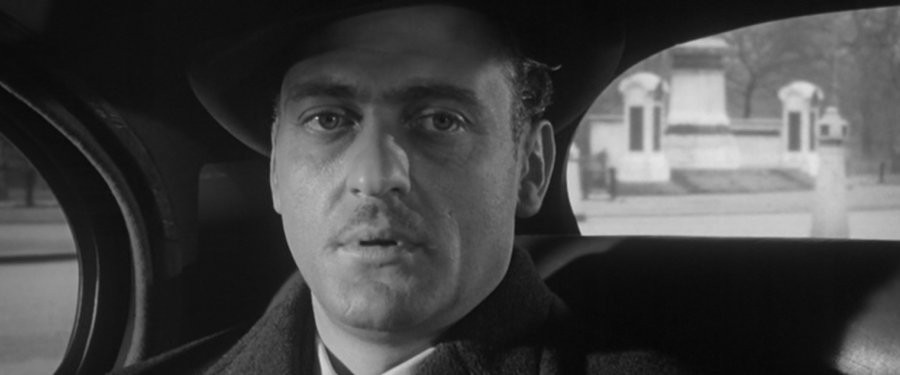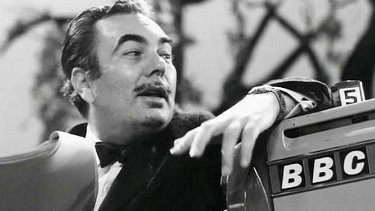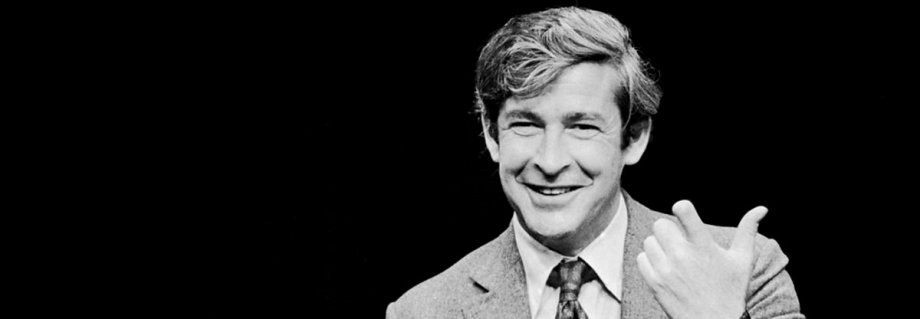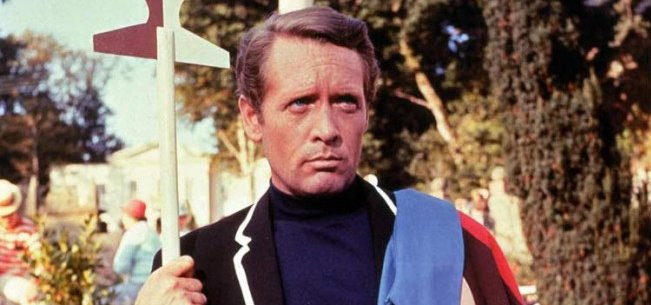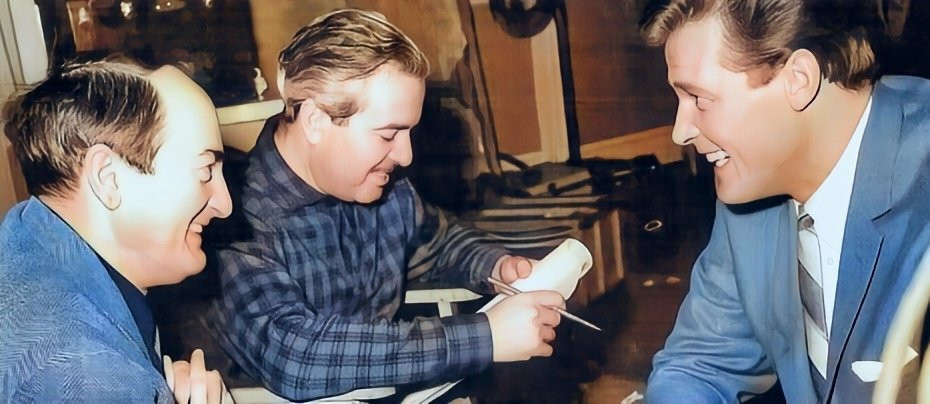
Michael Balfour
Michael Creighton Balfour (born 11 February 1918, in Dover, Kent) was one of British cinema and television's most recognisable character actors, appearing in over 230 productions between the 1930s and 1990s. He often played loud-mouthed heavies, dodgy dealers, or cheerful working-class types—frequently dressed in flamboyant outfits, and sometimes passing so convincingly as an American that audiences didn’t question it.
Although known for his screen work, Balfour was also a passionate visual artist. He painted and sculpted throughout his life, eventually devoting more and more time to his art, even opening a gallery and exhibiting work inspired by his early years as a circus clown—a family tradition he would later return to in earnest.
Breaking into acting wasn't straightforward. His rough-hewn appearance and lack of formal training made him an unlikely leading man, but he had the determination and wit to overcome those barriers. In 1947, learning that Laurence Olivier was seeking an American actor for Born Yesterday, Balfour turned up at the Garrick Theatre adopting a Detroit accent and a fake biography for the audition. It worked. Only on closing night did he admit he was a Kentish schoolboy. He had actually made his television debut nearly a decade earlier, 4 April 1938 on the BBC in the medieval morality play, The Marvellous History of St. Bernard, appearing alongside future stars like John Le Mesurier and Maurice Denham.

He made his film debut in Just William's Luck (1947), followed by a joint lead role in Johnny on the Run. His varied career included appearances in Lewis Gilbert's Reach for the Sky and Alfie, Genevieve, Polanski's Macbeth, Truffaut's Fahrenheit 451, Pasolini's The Canterbury Tales, Carry On Constable, and Tim Burton's Batman (1989), among many others. Though his filmography was extensive, he was perhaps most fondly remembered for his spirited portrayals of squaddies and cabbies—characters that captured the warmth and wit of Britain's post-war working class. Over the years, he worked with an impressive range of directors, including Billy Wilder, Tim Burton, Terence Fisher, Val Guest, Frank Launder, and Howard Hawks.
His television career was just as busy. He appeared in Hancock's Half Hour, The Avengers, Z Cars, Dixon of Dock Green, Brendon Chase, The Vise, and David Copperfield, among many others. It was a career built on versatility and sheer stamina.

Michael Balfour's remarkable resilience carried him through a number of life-threatening ordeals. In August 1958, he was a passenger in a Jaguar XK140 driven by fellow actor Bonar Colleano when it crashed—an accident that killed Colleano instantly. Balfour survived but required 98 stitches for his injuries. Even so, he recovered quickly enough to attend Colleano’s funeral.
In the 1970s, as acting opportunities slowed, began performing across Europe and building a clown persona of his own. He founded Circus Hazzard, touring as a clown under the name Ancient Hazzard—a grizzled, Hemingway-esque figure with a gift for performance. He overcame alcoholism by sketching compulsively at parties, capturing his beloved clowns in ink and charcoal. Later, he opened a gallery near his home in Spain and continued to create art until the end of his life.
Decades later, he faced another major challenge. Five years before his death, he was diagnosed with cancer of the sinus and given just two months to live. Defying medical expectations, he was still performing as a clown at Glastonbury Festival four years later, aged 77. Even after undergoing facial surgery that left him visibly disfigured, he continued to pursue his passion for art—often slipping out of hospital to attend classes, much to the frustration of staff.

Michael was generous with his time, often working for free on low-budget films to support emerging directors. In The Revenge of Billy the Kid (1992), he endured miserable conditions just for the love of it.
He was widowed in the late 1960s, after the death of his wife, actress Kathleen Stuart. He later partnered with Daphne Gooch, adopting her two children as his own. To those who knew him, Balfour was a force of nature—irrepressibly energetic, relentlessly optimistic, and always encouraging others to make the most of their lives. "Life," he liked to say, "is the waiting room for God."
In 1989, The Equity Journal mistakenly published his obituary. Balfour, in perfect health at the time, found it hilarious and responded in the next issue with typical humour: "Death," he quipped, "is something I can live without."
He died peacefully on 24 October 1997, at the Princess Alice Hospice in Surrey, aged 79, surrounded by family. On his last day, he joked that he was “only ever playing the Old Man these days,” but in truth, Michael Balfour never lost the spirit of youth.
As director Lewis Gilbert once said, "It was always fun when he was around."
Published on October 20th, 2025. Marc Saul.


